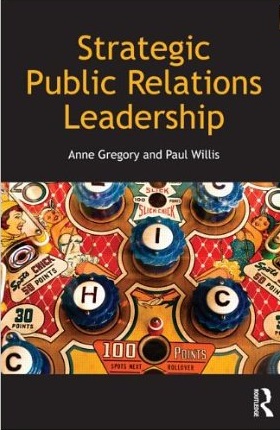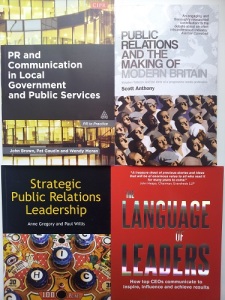In the week that Facebook turned ten, it’s worth remembering the role that university played in its origin.
Facebook was not a classroom project, but it did emerge from the gap that university provides to be inventive – or simply to waste time. Mark Zuckerberg did not complete his Harvard education, but it didn’t matter. The space university gave him resolved his career dilemmas: he created his own future. Go back a generation and we recall that Bill Gates also dropped out of the same university before founding Microsoft.
These two are not an example of the failure of higher education, they are the apogee of achievement. University is less about teaching and more about offering an opportunity to learn.
The most important lesson young people have to learn is about themselves: about their aptitudes, resilience and direction. These are not qualities that can be taught; they are qualities that need to be discovered.
The time and space that university provides between the disciplined timetable of school and the routine of work is a valuable resource. It’s an example of what Clay Shirky calls Cognitive Surplus.
For every Zuckerberg of Gates there will be thousands who waste time without inventing their futures. Many may come to regret the expense of higher education. Sure it’s wasteful; but consider the alternative. If we only trained people to do what they were told, we would not have Microsoft or Facebook. We would have unimaginative drones only fit for an industrial economy in a less certain but much more exciting post-industrial age.
The only sure way to fail higher education is to gain nothing from the classroom and to learn nothing about yourself either. It is a failure of imagination, that vital commodity if we’re to create a better future.
University remains the best way to gain the space to develop your imagination; to envisage your future. But I accept that there’s competition: the same fees and expenses could fund some extended world travels (another way people have traditionally broken out of the constraints and predictability of home and developed their self-awareness and imagination.)
Travel (as distinct from tourism) and university both work because they break with conventional structures and routines. They force people to be resourceful. Package holidays have not created great travel literature; longer structured timetables do not foster great creativity and independence.
That’s why I still believe in the gap that university provides to help people develop, and why I welcome the spare time it provides (even if it’s mostly to be wasted).


